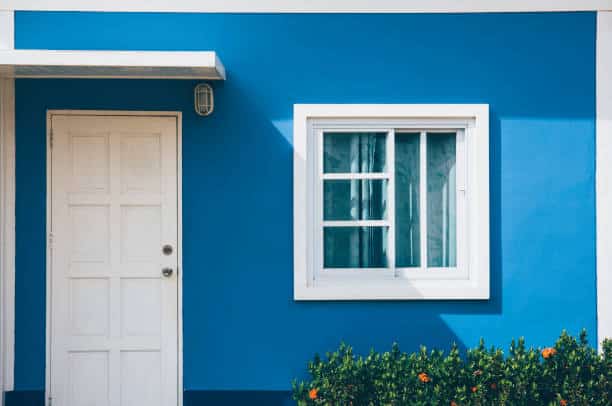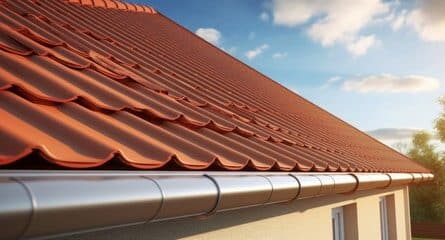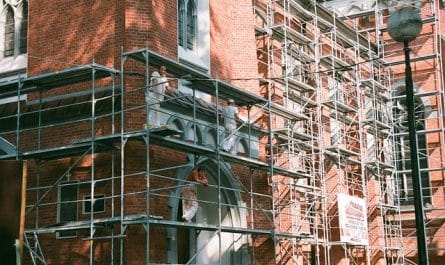Making the right choice of paint for the exterior facades of your home is essential to ensure both an attractive appearance and effective protection against the elements. To help you make the best decision, here’s an overview of the options available, with advice on important criteria to consider.
Type of paint: A question of resin
The type of resin used in the paint formulation will determine its properties and suitability for different surfaces and climatic conditions. Here are some of the most commonly used types of resins:
- Acrylic : This synthetic resin offers good resistance to UV, weather and humidity, as well as excellent adhesion. Acrylic paints are often recommended for use on concrete and ceramic facades.
- Pliolite : This solvent-based resin is particularly suitable for mineral facades such as stone and plaster, providing excellent penetration and superior adhesion. It resists temperature variations and chemical attacks well.
- Hydro pliolites * : These are water-based paints containing a combination of acrylic and pliolite resins, offering the advantages of both types of resins.
Properties to look for in an exterior paint
In addition to the choice of resin, other properties are also important to determine whether a paint is suitable for your exterior facades:
- UV resistance : Proper protection against ultraviolet rays will prevent fading and premature deterioration of the painted surface.
- Weather resistance : Temperature variations and humidity can cause cracking and blistering. Choose a paint that can withstand these conditions to preserve the structural integrity of your facade.
- Water vapor permeability : It is important that moisture can escape to avoid swelling and sealing problems. Make sure the paint you choose has this characteristic.
Adhesion and opacity
Adhesion is an essential criterion because paint that adheres poorly will not protect properly or last long. Opacity, for its part, influences the covering power of the paint and makes it possible to hide defects and imperfections without the need to apply multiple coats. Good opacity will also facilitate renovation work if you change the color of your facades.
Comparison of paintings on different supports
It is essential to choose a paint adapted to the material that makes up the facade. Paints for concrete facades, for example, must be formulated to adhere properly to this surface and resist chemical attack. Here are some examples of paint choices depending on the type of support:
- Concrete : Acrylic paints are often recommended for their adhesion and weather resistance.
- Natural stone : Pliolite-based paints offer good results on this type of support, thanks to their ability to penetrate and adhere.
- Rendered : Hydro pliolite paints are an interesting solution for plastered facades, because they combine the positive characteristics of acrylic and pliolite.
Give importance to surface preparation
Before applying the chosen paint, it is important to properly prepare the surfaces to guarantee a durable and aesthetic result. This may include:
- Cleaning surfaces to remove all traces of dirt, dust, mold or grease
- Treatment of cracks and imperfections to ensure optimal paint adhesion
- The application of an adhesion primer adapted to the type of support and the chosen paint, if necessary
By taking these criteria and factors into account, you will be able to choose the best paint for your exterior facades.







